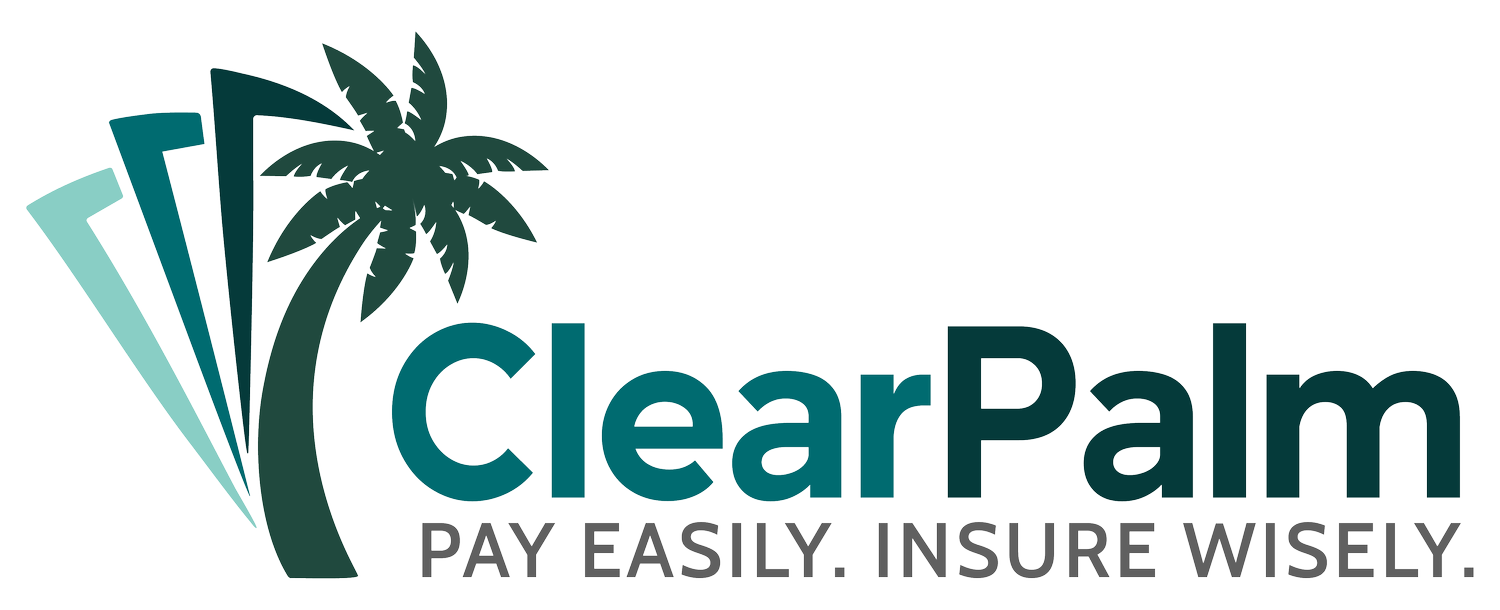How Many Hours Is Part-Time Employment?
Depending on your industry, your business may benefit from a mix of full-time and part-time employees in various roles within the company. However, there are a few important considerations to keep in mind during the hiring process, starting with how many hours define part-time employment. Join us as we explore what makes a part-timer, as well as the pros and cons of adding part-time staff to your team.
How many hours is part-time employment?
Part-time employment is about more than just numbers. Here’s a quick overview to help you understand the basics:
What is considered part-time employment?
Unlike freelancers and contractors, part-time employees are on payroll and may be eligible for certain benefits (more on that later). They may have a regular or semi-regular schedule and more flexible shifts than full-time employees on salary.
How many hours a week is part-time?
There’s no universal definition of part-time employment. However, the term is used to describe hourly employees working fewer than 30 to 35 hours per week.
According to the IRS and the Affordable Care Act (ACA), part-time employees work fewer than 30 hours each week. The Bureau of Labor Statistics defines part-time employees as those who usually work fewer than 35 hours per week.
Do part-time employees get benefits?
Regardless of how many hours a part-time employee works, all staff are entitled to a safe workplace, workers' compensation coverage, and fair pay no lower than minimum wage. The Fair Labor Standards Act (FLSA) doesn’t address part-time employment, but most part-time workers are non-exempt.
This status means they receive overtime pay for working more than 40 hours in a single workweek. Companies with more than 50 employees must offer health insurance to part-timers working an average of 30 hours per week in accordance with federal ACA standards. State mandates may determine benefits like sick leave, overtime rules, and minimum wage for part-timers.
Classification differences between part-time vs full-time
Employee classification is an important factor in determining benefits, taxes, insurance costs, and labor rights. Working with an experienced payroll provider can help you ensure your business and employees are compliant and protected.
Related: Comprehensive Guide to Workers’ Comp Dividends
Advantages of hiring part-time employees
Now that you know how many hours employees in part-time jobs may work, let’s discuss the benefits of offering part-time positions within your business.
Cost savings
As an employer, hiring part-time employees can reduce costs in several ways. As employees work fewer hours per day, week, and month, payroll expenses decrease.
In some cases, part-time employees may make less per hour, further reducing costs. Plus, your company could save more in benefits costs since part-time workers are typically ineligible for many perks of full-time employment.
Flexible scheduling
Including part-time employees in your business structure can make it easier to adjust coverage for busy and slow periods, as not every employee is expected to work the same hours. This flexibility takes the strain off full-time staff and supports a healthy work-life balance.
Filling skill gaps
Many companies have an occasional need for industry experts, but may not have the demand or ability to add another full-time professional to the payroll. Hiring a part-time accountant, IT specialist, or digital marketer can ensure the job gets done without draining your resources.
Trial periods
A part-time position is a great way to assess how a new hire fits in with the team before becoming a permanent employee. It’s low-risk and offers greater flexibility if the part-timer isn’t a good match.
Related: Time Theft: What It Is and How To Prevent It
Drawbacks of hiring part-time employees
No matter how many hours your part-time employees work, you may face some disadvantages when hiring a lot of part-timers.
Less flexible availability
By definition, part-time employees work fewer hours than full-timers, so they may not be available on short notice. It may also be challenging to staff long-term shifts. Consider your business’s needs and the complexity of your existing scheduling demands before adding a lot of part-time staff to the mix.
Higher employee turnover
Some part-time employees, such as students and seasonal workers, may view their job as temporary or transitional. Because they don’t have strong ties to the company, they’re often more likely to leave for an opportunity offering better pay, more hours, or a stronger benefits package. Over time, you may end up spending more on hiring and training.
Lower employee engagement
Strong employee engagement creates a sense of community in the workplace. When part-time employees feel disconnected from the company and its mission, this can ripple into other areas of your business.
Additionally, part-timers don’t usually have the same opportunities for advancement and benefits as full-time staff. In turn, this can stifle motivation, affect the customer experience, and reduce morale throughout the team.
As you hire part-time employees, be sure to ask about their long-term goals and be transparent about the role and your company. This way, you keep high performers in mind for promotions and full-time positions that may open up.
Related: What Is a Workers’ Comp Audit?
See how Clearpalm’s solutions can help you manage your business
At Clearpalm, we offer a comprehensive suite of business solutions to meet your needs. Learn more about what sets us apart from our competitors or reach out today to discover how we can streamline internal operations for your business.

